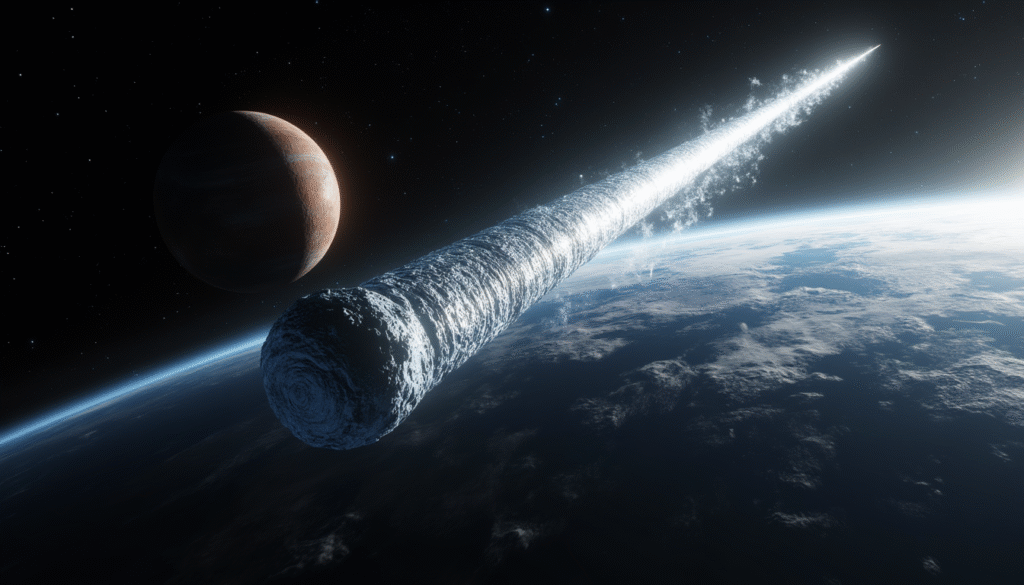Physical Address
304 North Cardinal St.
Dorchester Center, MA 02124

I Want to Believe

I Want to Believe

by GarnerReport.com staff
Astronomers recently confirmed the discovery of 3I/ATLAS (also designated C/2025 N1) — the third known interstellar object to pass through our solar system, following 1I/ʻOumuamua (2017) and 2I/Borisov (2019). It was detected by the ATLAS survey telescope in Chile on July 1, 2025.


3I/ATLAS isn’t here for long. By early 2026, it will be headed back into interstellar space — its visit brief, its origin mysterious, and its scientific value immense. These fleeting encounters remind us that our solar system is not isolated, but part of a vast and active galactic neighborhood.
While all current evidence suggests 3I/ATLAS is a natural object — likely an icy, dusty body similar to a comet — history has shown that interstellar visitors ignite the imagination. ʻOumuamua famously spurred debates about whether its odd shape and acceleration could be explained by alien engineering.
If, in the most speculative scenario, 3I/ATLAS turned out to be alien technology — and worse, hostile — the implications for Earth would be profound:
It’s almost certainly just another frozen wanderer. But as it streaks through the solar system, it’s worth remembering: the difference between a harmless comet and an interstellar machine could be the difference between a remarkable scientific opportunity and the most significant moment in human history.